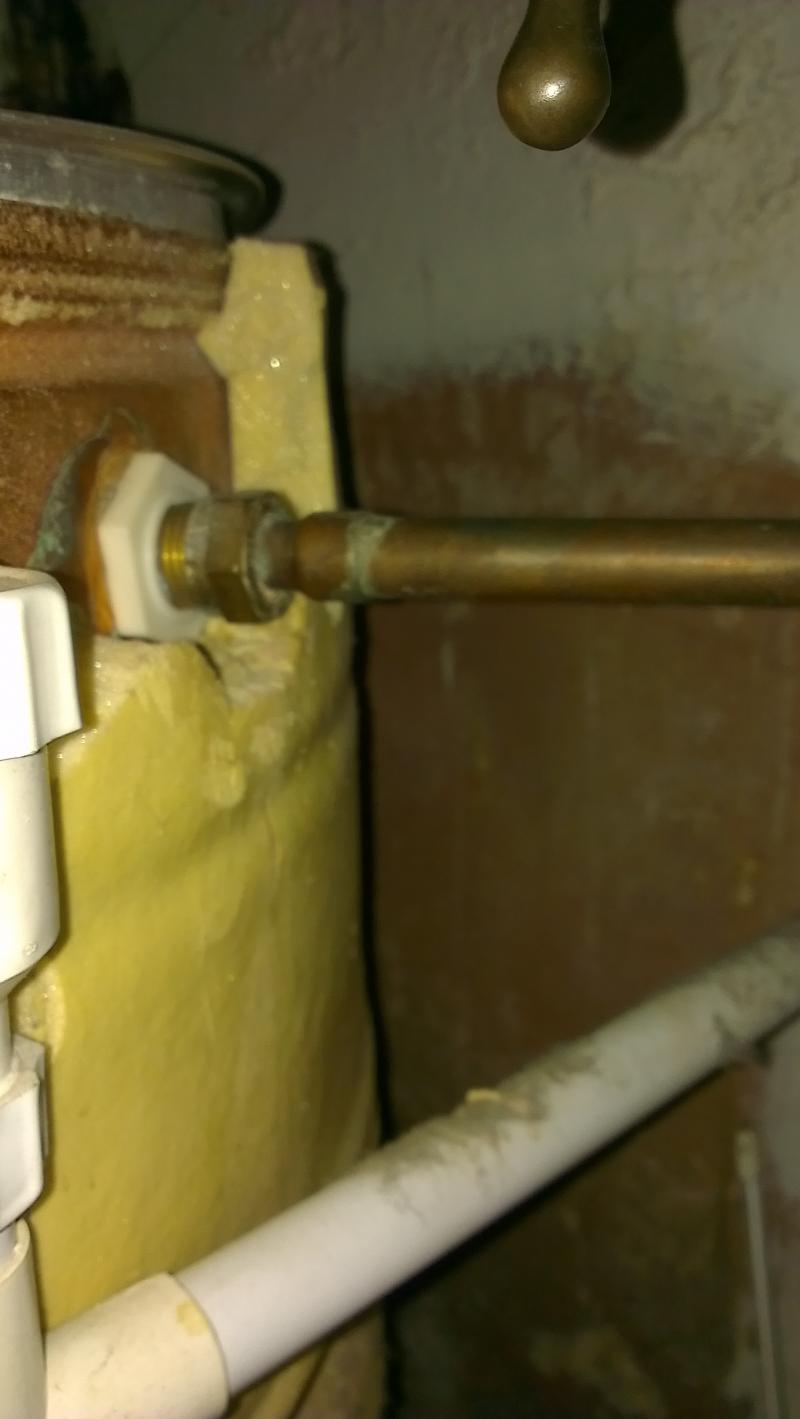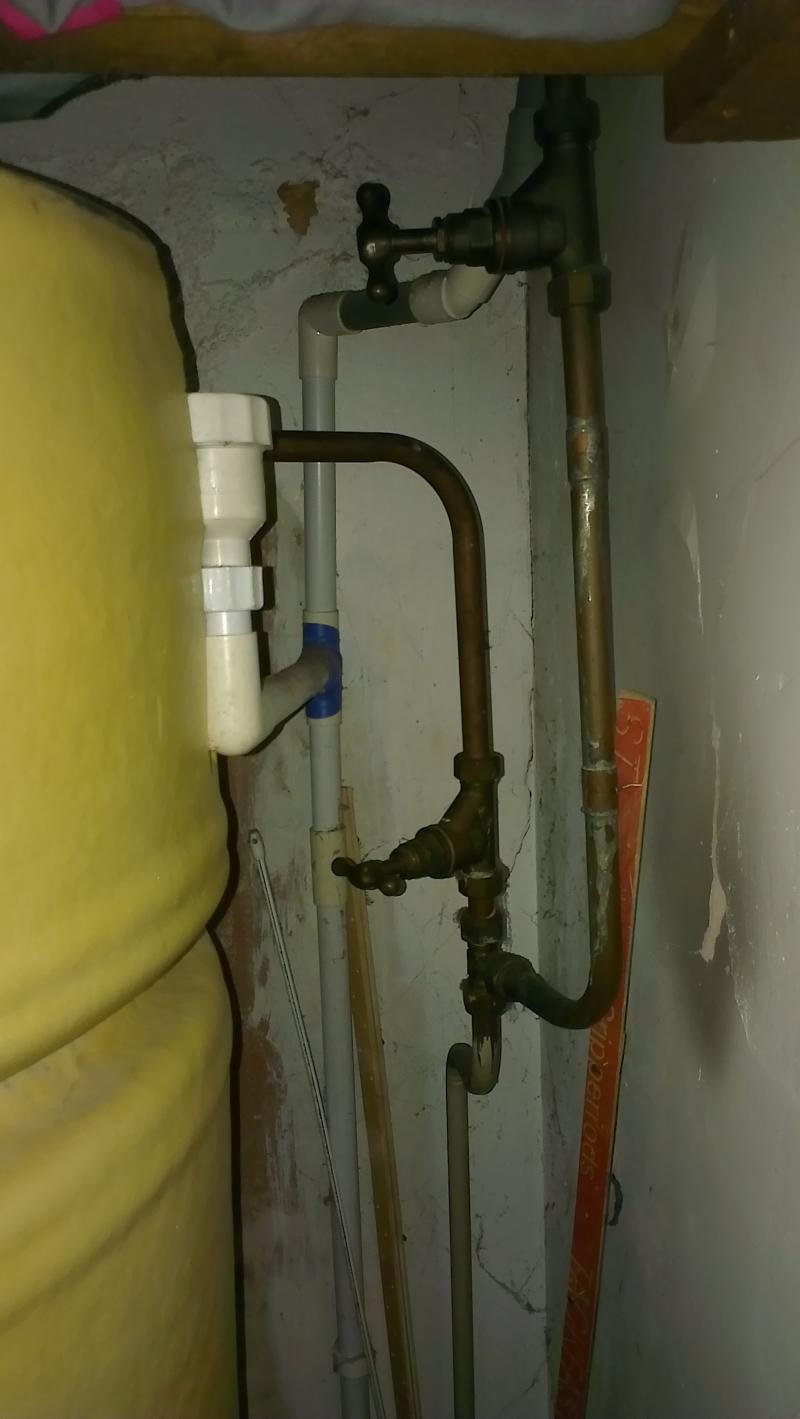Hello all
Does anyone know why a very loud vibrating noice is happening in the pipeworks and water tank when we turn on the hot water? Its really loud and the pipes throughout the house seem to vibrate as if they are going to explode! It only happens when hot water is turned on. Cold water is fine. This has been happening for a few days and seems to be getting worse.
Do the pipes need tightening as they enter the water cylinder/tank?Or is this a job for the professionals?
Does anyone know why a very loud vibrating noice is happening in the pipeworks and water tank when we turn on the hot water? Its really loud and the pipes throughout the house seem to vibrate as if they are going to explode! It only happens when hot water is turned on. Cold water is fine. This has been happening for a few days and seems to be getting worse.
Do the pipes need tightening as they enter the water cylinder/tank?Or is this a job for the professionals?



